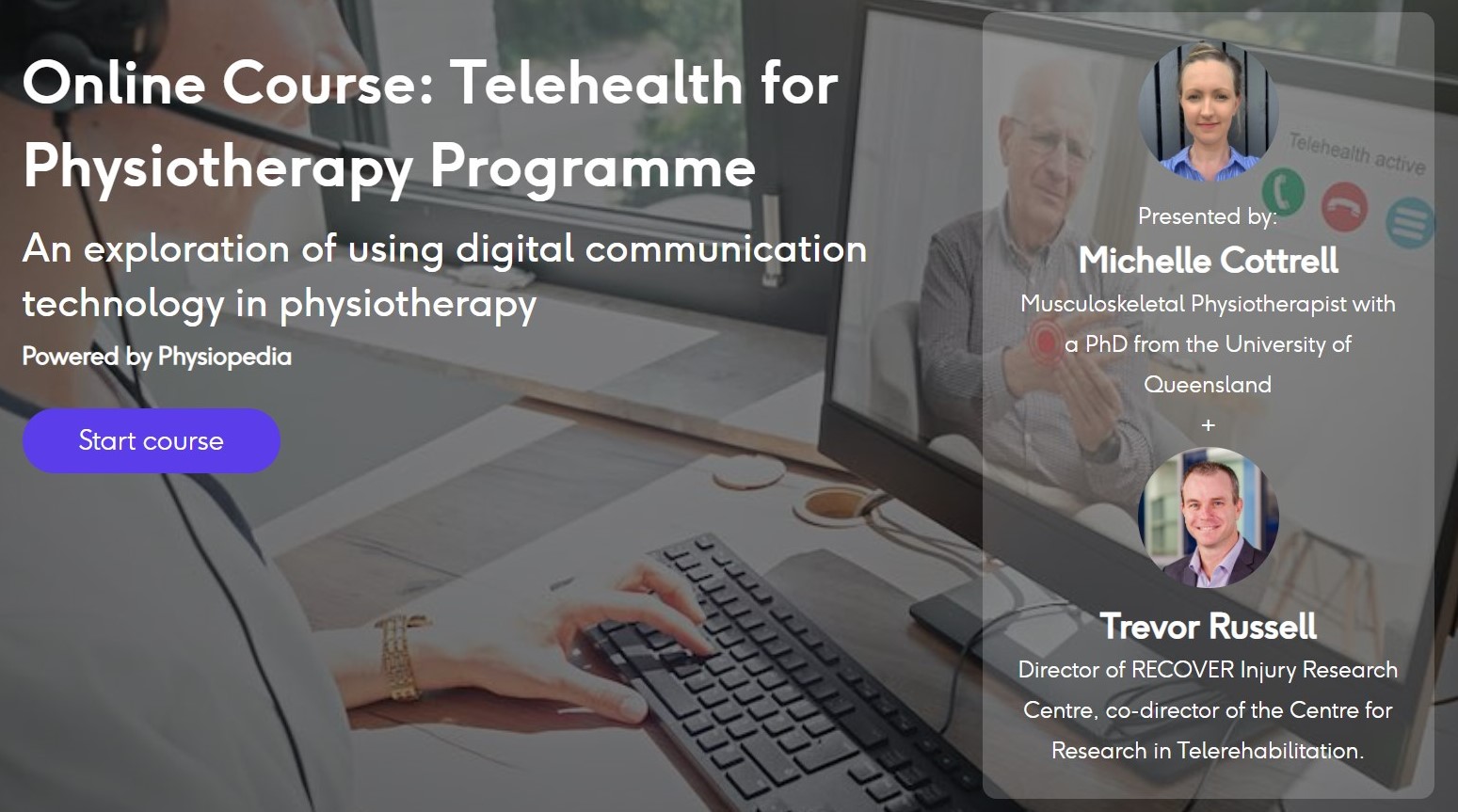Using an adapted systematic literature review, the authors of this article created a framework for remote musculoskeletal testing that provides clinicians with some helpful tips and strategies for minimizing communication errors and adapting physical exams to a virtual environment.
Virtual and online consultations have always been a part of the future of health care and, in particular, of the musculoskeletal system physiotherapy practice. COVID-19 has sparked a sudden and significant surge in the adoption of telemedicine in physical therapy.
In the UK, the use of telephonic or virtual consultations in primary care musculoskeletal practice has increased by over 200%. Many clinicians have had to adjust and modify their assessments, but there is still a lack of published literature on how to modify an MSK exam while working remotely.
A new framework has been published in Cureus that aims to provide a framework for musculoskeletal clinicians in primary care to adjust their assessments based on published evidence and community best practices.
Researching Telerehab techniques
Methods
The search strategy used is completely divided in the full text and is suitable for this type of narrative review.
A total of 2232 articles and resources were found and highlighted according to the search strategy flowchart highlighted in the image above. After screening and review, 28 publications were used as the evidence base for the framework described in the article.
Using the 28 articles as an evidence base, a list of commonly used MSK exam tests and techniques was compiled. Where there was evidence that a particular test was being used remotely, it was included. When there was no evidence, a modification of the face-to-face technique was made based on the experience of a practicing general practitioner and an orthopedic consultant.
"Careful instruction sets" (simple explanations of tests / movements or postures) were constructed to provide clear instructions to a patient from a distance, and then photos were taken for each test and posture.
All of this was then combined into a special shared resource map that may contain photos of normal / abnormal tests. These resources were then tested on a layperson to verify the effectiveness of the oral and photographic instructions.
The MSK Remote Examination Framework
The authors of the framework argue that by following the framework, clinicians are less likely to miss the pathology during teleconsultation, but it is difficult to argue without empirical evidence to support this claim.
It is more likely that this framework will provide clinicians with a systematic approach to virtual consultations that provides the structure and elements of planned communication, leaving more time on evaluation and treatment and less time on logistics / management of online can be exams.
Tips before the consultation
An example of how the framework can save time on administrative and technical elements of a virtual consultation is the Pre-Consultation Recommendations gathered from reliable sources in primary care forums and Youtube videos. This is an example of how finding non-academic sources of information can enrich academic knowledge and improve its applicability in practice.
Since many patients would not have had a virtual exam prior to simple technical errors are common, including using improper equipment, sitting in places with poor lighting, or noisy environments which make accurate and timely assessments difficult.
A pre-examination checklist for a patient is an easy way to ensure that technical elements are working properly and that patients have a fair chance of getting things right. A full breakdown of other points to consider, such as: B. Screen sharing and contingency planning, see the article.
Adaptation of traditional techniques
Telemedicine does not require a completely new approach to assessment and treatment. All that is required is adjustment and optimization. An evolution in itself. This is demonstrated in the framework that proposes to match look, feel, movement to look, point which reflects the increasing role of patient involvement in virtual consultations.
 Add to your development portfolio
Add to your development portfolio
(We are working on a new feature to add this article directly to your development portfolio with a pre-completed reflection activity / assignment. Click above to find out more!)
